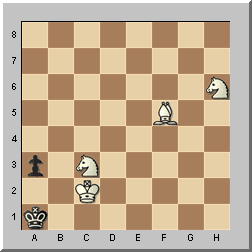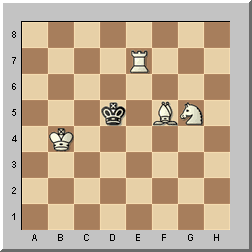


 |
Benko corrects TroitzkyChessBase Christmas Puzzles December 30, 2009 |
 |

Pal Benko, who in Hungarian is written Benkö Pál, was born on July 14, 1928 in Amiens, France. He was raised in Hungary and soon showed an affinity to chess. At 20 he was Hungarian champion, and was playing for the national teams. In 1957 after the World Student Team Championship in Reykjavik (where he scored 7.5/12 on board one) he defected to the United States, where he started to play in national events. He was first or tied for first in eight US championships from 1961 to 1975.
In 1959 and 1962 Benko played in the Candidates Tournament for the World Championship, which consisted had eight of the world's top players. He was intrumental in Bobby Fischer's ascent to the World Championship title: in 1969 Benko had won the US Championship and thus qualified for zonals, he was amongst the top three finishers that advanced to the Interzonals. Fischer had not played in the US Championship and was therefore out of the cycle. Benko agreed to give up his spot in the Interzonal in order to give Fischer another shot at the World Championship. Fischer went on to win the title in 1972.
Pal Benko is an openings expert who has variations named after him. Everyone knows the Benko Gambit (1.d4 Nf6 2.c4 c5 3.d5 b5), which he popularised, and played with great success from the mid-1960s. And there is the Benko Opening (1.g3), which he introduced at the 1962 Candidates Tournament and used to defeat Bobby Fischer and Mikhail Tal.
In addition to his success as a player, Benko is a noted authority on the chess endgame and a composer of endgame studies and chess problems. For decades, he has had a column on endgames in Chess Life magazine. His studies and problems have appeared in countless newspapers and magazines. Just to give you an impression of his creativity here are two of our favourite examples:
Pál Benkö, Magyar Sakkélet 1972

White to play and mate in eight
If you are lucky enough not to know this problem we urge you to work on it for a while without switching on a chess engine. Can you imagine how the solution will go? We bet you can't.
Pál Benkö, Magyar Sakkélet 1970

Mate in three (ten positions)